This Bud Isn't for Everyone: Terence Crawford Is As Real As It Gets

For more episodes of The Big Interview on SI TV, including Le'Veon Bell, Baker Mayfield, Terrell Owens, and more, sign up for a free trial seven-day trial.
Terence “Bud” Crawford parks his pickup on the street named after him in North Omaha, idling in front of the his grandmother’s residence, the one that’s painted blue and that he still considers home. The claim he staked as the best boxer in the world started here, inside “The Big House,” where dominoes now clack on the kitchen table, ashtrays overflow with Newports and a monstrous dog named Zeus strains his chains out back.
Grandma will never leave that house, and even though Crawford, 31, has moved to the nearby suburbs, his family tells him he should go farther. Take his girlfriend and their five children to another city, away from the violence, his past, the hangers-on. He’s too nice, his family says, which is a strange thing to say about a boxer, especially an undefeated champion with 25 knockouts who has been shot at—and drove himself to the hospital despite a wound from the bullet that exited his head.
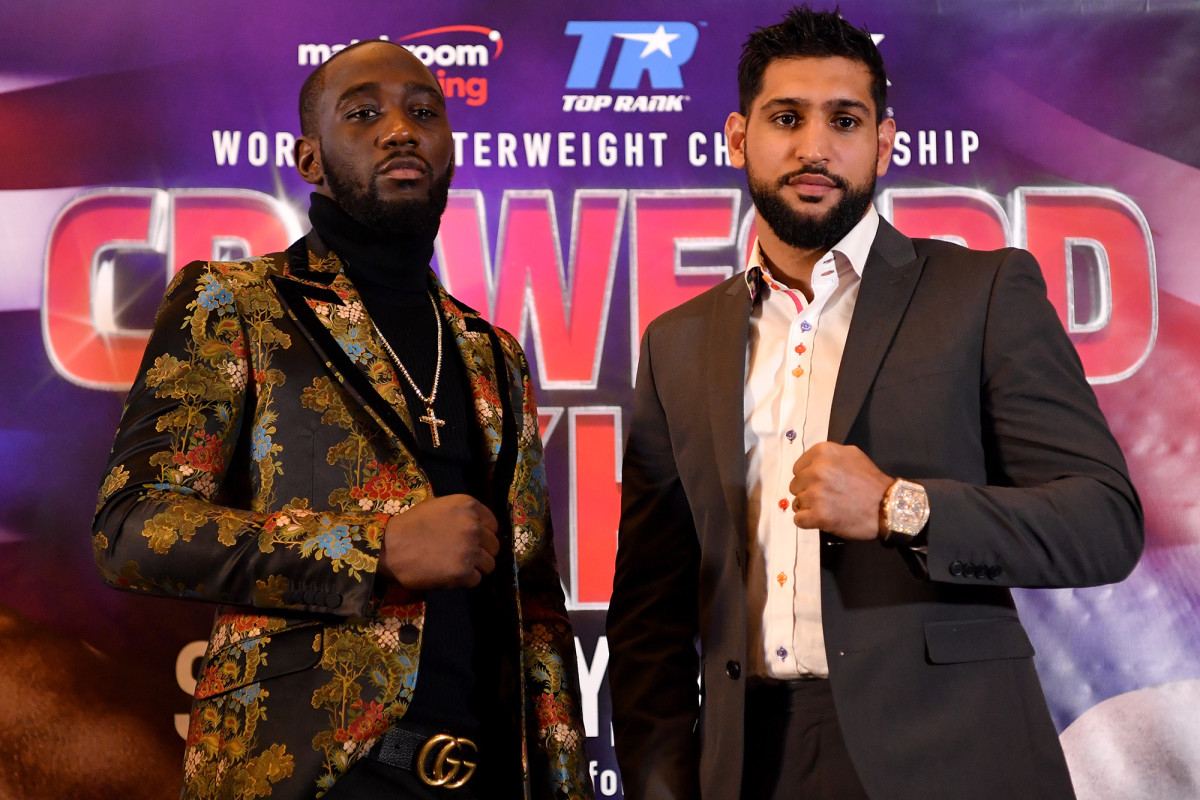
Everything originated in that single-story residence on Larimore Street, where Crawford’s mother, Miss Debra, offered cash to any neighborhood boy who could whup her son, where a boxing coach knocked on the front door and offered another life and where rivals rained bullets at Crawford in front of his children. All of which forced the boxer—who friends say “is Omaha”—to confront what defined his rise in boxing and threatened to unravel his career. How could he take the best of his hometown, everything that fueled his ambitions, the support system that made him whole, and leave the worst behind? As his April 20 bout against Amir Khan approaches, the sentiment lingers, strong as ever given what’s at stake: how can he remain real but not too real, at once the same man and a changed one?
The answer to that question starts on the television hanging in living room. Crawford reclines on a brown couch, remote in hand, with his last bout, against Jose Benavidez Jr., paused on the flatscreen. “I don’t know why you have that on,” says his girlfriend, Alindra Person. “Whenever Bud watch boxing, he fall asleep.”
Real-life Crawford watches TV Crawford make his ring walk last October, the camera flashing to his family packed into the stands at the CHI Health Center arena downtown. They’re all screaming, jumping up and down, throwing elbows. The acrimony had built for months, starting when Crawford showed up at a Benavidez weigh-in, exchanged words, then shoves, then suggested the two men step outside like they were back on the block in Omaha. At their own weigh-in, Crawford swung at Benavidez, jeopardizing his seven-figure payday.
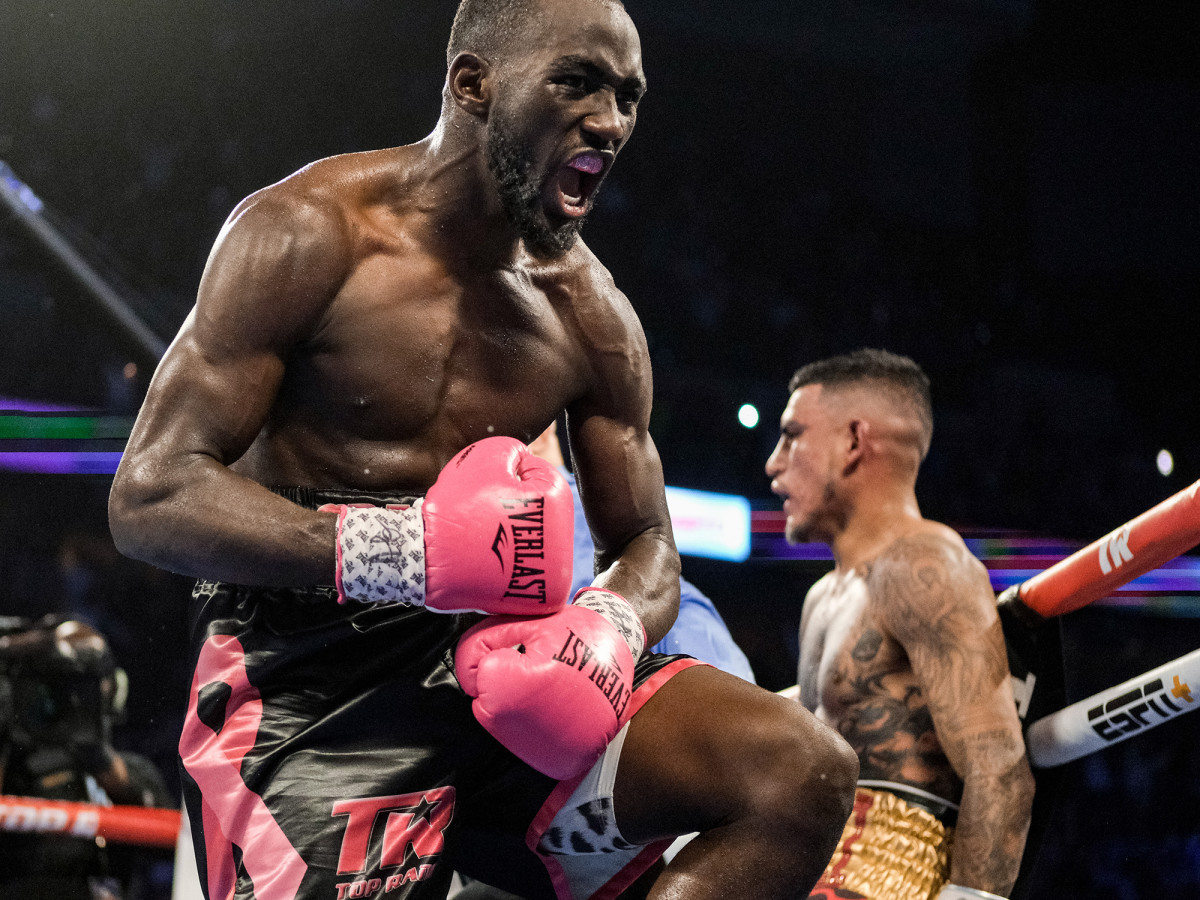
During the actual fight, though, Crawford displays none of the rage he radiated in the lead up. Crawford is dispassionate, clinical, efficient; working the body, landing hooks, wearing Benavidez down but slowly, carefully, as if to inflict maximum damage with minimum risk. His girlfriend is right; post-fight Crawford leans back on the couch, seemingly unimpressed with what he sees on screen, his eyes sleepy like a child about to nod off in sweet science class. Even in Round 12, when he uncorks a right-handed uppercut that topples Benavidez head-first onto the canvas, Crawford remains expressionless. He can see himself on screen, ignoring his promoter, Bob Arum, who’s asking him to shake Benavidez’s hand. He shrugs. There’s about as much chance of that as him moving out of Omaha.
Earlier that same day last fall, Crawford climbed the stairs to the Bob Kerrey Pedestrian Bridge, which connects Nebraska to Iowa. He’s stopped near the crossing by a police officer, who notices the camera crew in tow and suggests everyone turn around. Someone has just jumped off the next bridge over, in an apparent suicide attempt. Crawford can’t believe it. “In Omaha?” he asks. “Why?”
He shakes his head, says something about life and how short and hard it can be. Then he whispers, “We know that here.”
The view near the bridge stretches for miles, spanning both states. Crawford points out some landmarks: the downtown arena he packs with family, the banks of the Missouri River where he likes to fish, the fields where he plays in an adult softball league between fights. When the bridge does open, he steps into Iowa, then looks back. “My city,” he says.
Three days spent with Crawford in Omaha highlight what he means. Strangers interrupt breakfast to ask for pictures, while he douses French toast in syrup. Fans seek selfies while he buys dog food in a Walmart. As he jogs, traffic stops, like actually stops, as cars honk and drivers scream out, “Hey, champ!” None of the attention bothers Crawford, who traverses his hometown without entourage or security. This is Omaha, he says. He doesn’t need it.

Outsiders often surprise Crawford with their assumptions about his life in Nebraska, like that he lives on a farm, rides horses, or wears only belt buckles and cowboy hats. Omaha is actually the biggest city in the state, with a population over 450,000. It mixes rural and urban, contrasts a renovated downtown with dilapidated neighborhoods and mixes promise and growth with inhibitors to both. “This ain’t a town for the big time,” says Bernard Davis, another local boxer. “Really, the big-timers here are the street guys. You know, the hustlers. That’s who we looked up to.
According to data on areavibes.com, violent crime in Omaha is 112% higher than the state average and 69% higher than the national one. But FBI statistics show that crime has also decreased in recent years and that Omaha compares favorably with other cities the same size. Like Crawford, Omaha is changing.
Surrounded by (his words) violence, gangs, trouble, Crawford fell into dangerous patterns. He was kicked out of so many schools—middle, high, alternative—that he can’t remember the exact number. He answered even slight hints of disrespect with his fists, just as Miss Debra had doled out discipline with belts, sticks and extension cords. One of her brothers was fatally stabbed, and for weeks after, a six-year-old Bud would crawl into his mom’s bed, picturing the casket, unable to sleep alone. And later, unable to change the very habits that pointed toward that exact path. “Bud was bad. He just stayed in trouble.” His own mom said that.
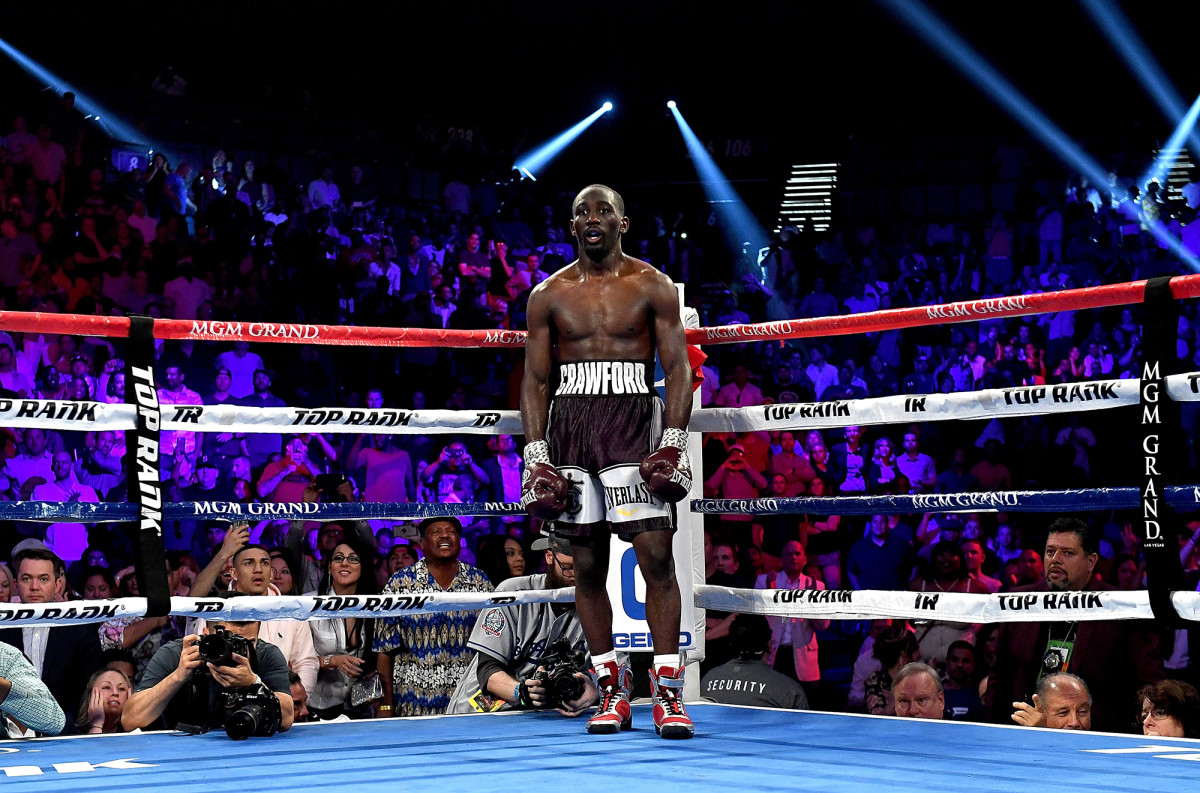
It would be nice to say that boxing saved him, that sports helped him avoid trouble, kept him off the streets. But that’s not exactly true. Crawford hails from a family of boxers; his grandfather, father and an uncle—the one Crawford says was stabbed—all fought in the Golden Gloves. Carl Washington, the neighborhood coach who knocked on the door at The Big House, knew them all. He convinced Miss Debra to let Bud box, but her son was kicked out of the C.W. Boxing Club for mouthing off shortly after he started. He didn’t return for almost two years.
When he did come back, Crawford performed better in national tournaments than any Omaha boxer ever had. He could fight both right and left handed, and unlike most who switched stances, he could do both equally well but with different styles, packing power into his right hand and precision into his left, with a fair amount of both in each. But he also challenged adults fresh out of prison to street fights, argued with coaches and ran afoul of authorities. At a gym that welcomed members of various gangs, no boxer caused more trouble or flashed as much potential as the boy from Larimore Street.
Down the street from The Big House, Crawford settles into a familiar chair at Youngblood’s Barber Shop, next to a framed picture of former president Barack Obama from when he came in for a fade. The boxer is traveling to Panama the next day to accept the WBO’s fighter of the year award, his new life again mixing with his old one, from the barbershop he grew up in, with bars across the windows, to his first-class seat on an international fight.
“Haircut price don’t change,” Crawford says, and he is laughing.
“Ain’t that the truth,” says his barber, who is not.
A man stops inside and hands the barber $20, saying it’s for Crawford, the champion so beloved in Omaha that this stranger wants to pay for his fade. “I’ve been cutting that man’s hair for years,” says a second barber. “He ain’t never tipped me anything but advice.” Crawford laughs and hands his barber an additional $100. On his way out, he takes a phone call. There’s an issue at school with one of his kids. “They did what?” he snarls.
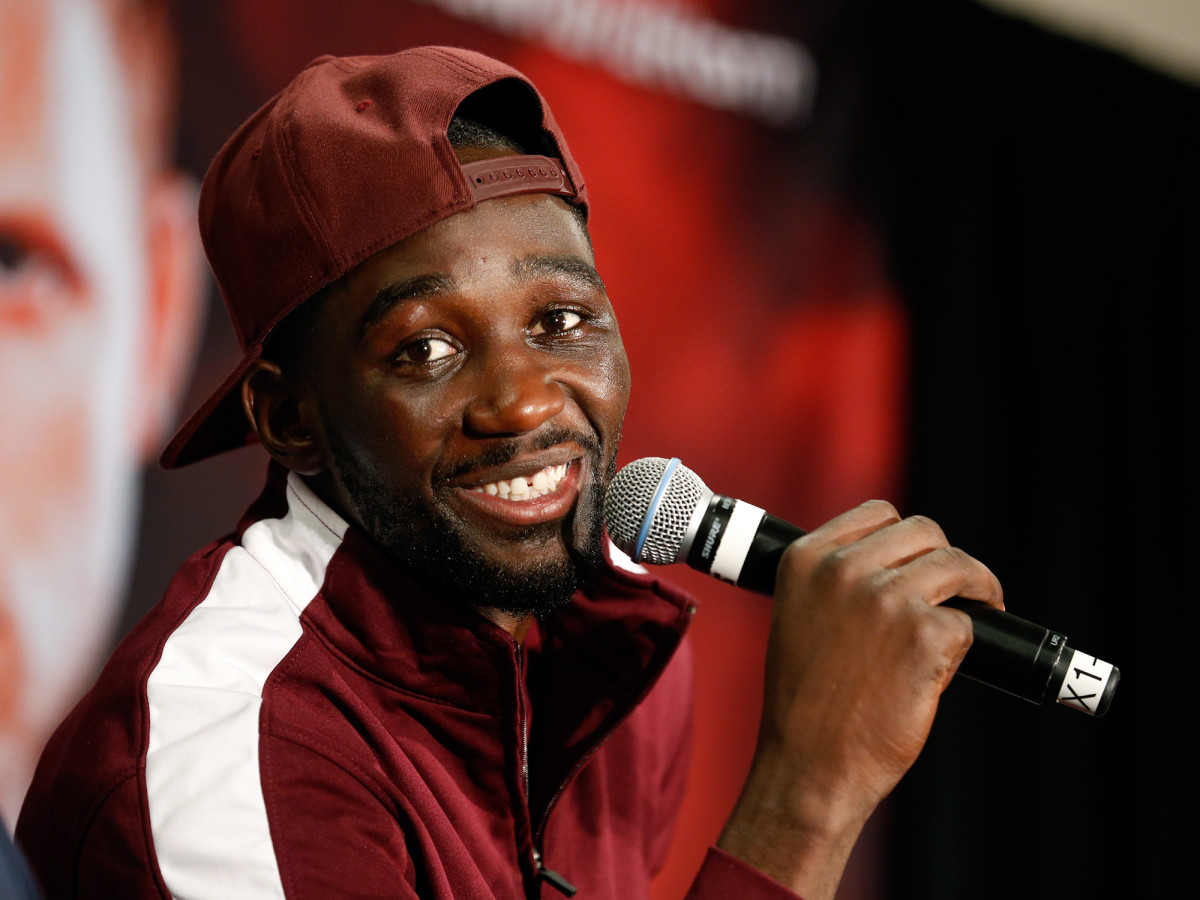
That’s Crawford, friends say. Nicest guy in Omaha, to a point. He bought his friend Davis a car and then battered him in sparring. “I’m telling you,” Davis says. “He’s pretty mean and sweet as hell and all at once.”
The “pretty mean” part didn’t always endear Crawford to the amateur boxing establishment in his teens. He always ended up in arguments with coaches or officials, threatening to quit. Still, he wanted to do better. He saw how his family partied until night turned into morning, the porch filled with empty beer cans and overflowing ashtrays whenever he left to train before dawn. He vowed never to smoke or drink. He never missed a workout, especially after an older boxer, Omaha champion Grover Wiley, gifted him a bike. They’d do road work every morning, him and Wiley, and each time Crawford sprinted up the Mormon Trail, he took more steps toward the life he wanted.
Crawford did learn to channel his emotions into boxing, but it would be inaccurate to say the workouts alone changed him. Sure, all the roadwork and sparring made him a more composed fighter. But he did retain two vices: candy consumption and that mean streak. He threatened to kill one opponent, dropped another outside a tournament and stepped over yet another after a knockout.
In 2008, a cop maced him after an altercation with a bouncer, and Crawford went to a dice game, won a few thousand and climbed into his 1986 Cutlass to count the cash. Bullets shattered the back window. One went through his head but not his skull; the window had slowed the bullet just enough. That’s when he drove himself to the hospital, where he was visited by an uncle. “You need to change your life,” the uncle told him. “How many times you need to get shot at before you realize that?”
On Halloween, arguably the best boxer in the world wears his suburban dad costume: sweatpants, t-shirt, sneakers. He’s at the house he purchased in the Omaha suburbs, a short drive from The Big House, and his kids are dressed as a princess, Captain America, Black Panther, a character from the movie Scream and a boxer, which Crawford allowed despite saying he will never let them box.
He holds hands with Captain America as they crisscross the development, collecting candy, passing houses playing movies on projector screens and yards decorated with elaborately carved pumpkins and oversized cardboard ghosts. This is not the kind of neighborhood that Crawford grew up in, and yet he seems at ease here, edging into his new life. He spies a neighbor playing cornhole. “I’ll be back,” he says.
The minute the children return home with their haul of future cavities, Crawford does head back down his street, to the Louis residence, and even though they just put the cornhole set away, he insists on playing, refusing to leave until he wins.
Such manic obsession allowed Crawford to develop and hone a style that does not lend itself to easy comparisons in boxing history. Sure, other champions fought from both sides. (Marvin Hagler comes to mind.) But none seemed as adept, switching so often or so easily, as Crawford does. His right is his dominant hand, and yet he has fought entire championship bouts left-handed.
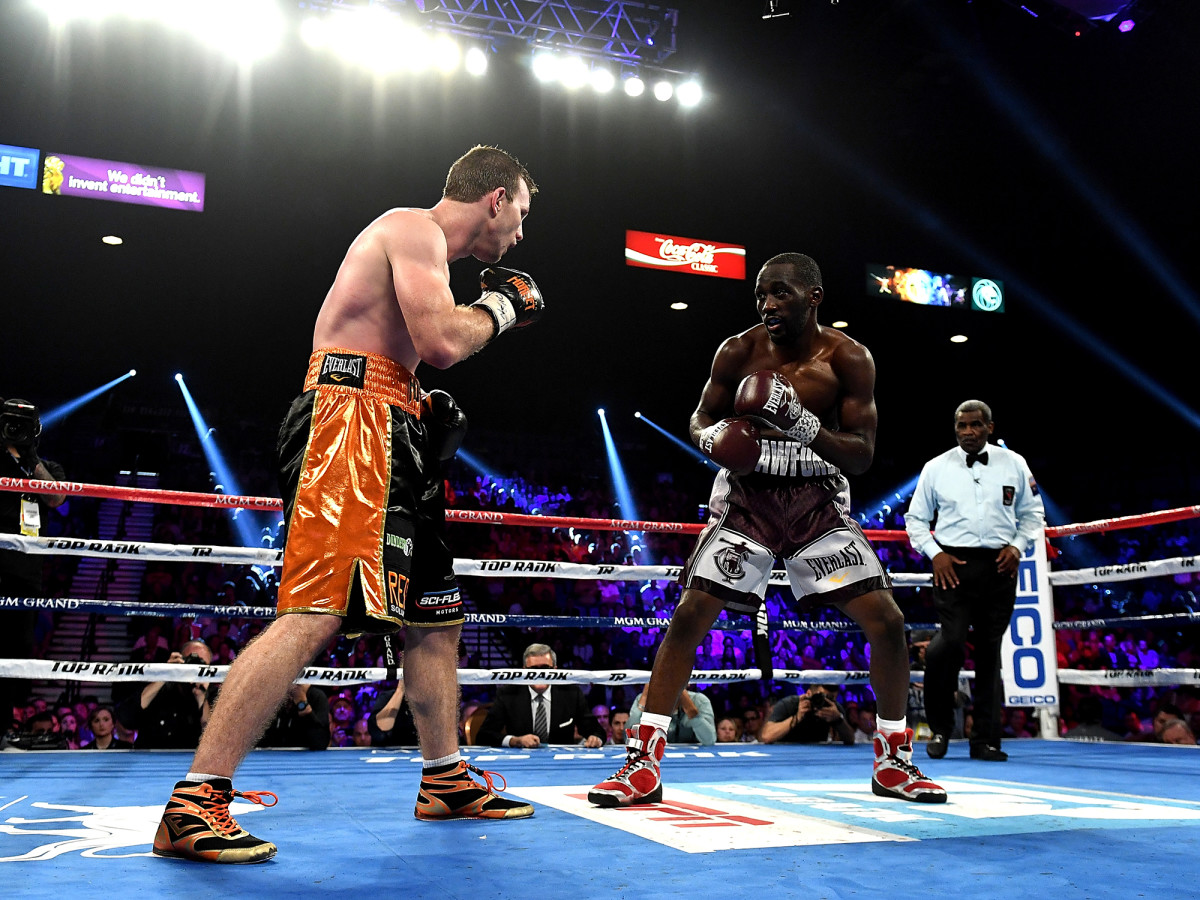
His style—and his troubles—defined his rise. He beat undefeated champions (Viktor Postol, Julius Indongo) and up-and-coming contenders (Felix Diaz Jr.) and anyone else (Ricky Burns, Yuriorkis Gamboa) Top Rank put in front of him. He captured belts at lightweight, junior welterweight and welterweight. At 140 pounds, he unified all four of the main belts, becoming one of only three fighters in the modern era to do so. “He can fight with nobody sitting in his corner; he’s that skilled,” says Washington, the gym owner.
None of those fights changed him; fatherhood did. Eight years ago, Person gave birth to his first son, Terence Jr. He promised to not let the boy grow up without an active father in his life, the way that he had. His progress after that was typically uneven, but Crawford stopped going out as frequently, stopped throwing dice and, eventually, stopped getting shot at.
The question, as his ascendance continued, was: had Crawford had changed enough? He was convicted in 2016 of misdemeanor property damage and disorderly conduct after an incident at an auto body shop, for which he was put on probation. To Crawford, the confrontation was simple and overblown. He wanted his car back; he took his car back. But it also resurfaced his dilemma, the need to remain in Omaha but not stall or ruin his career. He needed to shift from The Big House to The Big Time. “I think he’ll be the next face of boxing in the United States,” Arum says.
Inside B&B Sports Academy, Crawford scans the boxing rings and heavy bags, looking for the troublemaker whose mom called earlier that afternoon and asked for the boxer’s help. Some 20 kids from North Omaha are working out in the gym that Crawford opened with his trainer, Brian “BoMac” McIntyre, which means they’re not skipping school or finding dice games. Crawford doesn’t charge them anything, other than their sweat and solid grades.
He spots the kid he’s looking for and orders the boy into the ring, picking a taller, heavier sparring partner to dispense Miss Debra’s brand of street justice. Crawford watches closely as the troublemaker gets popped in the face repeatedly. The kid is bleeding by the end, as Crawford tells him to “leave all the stupid s--- behind.”
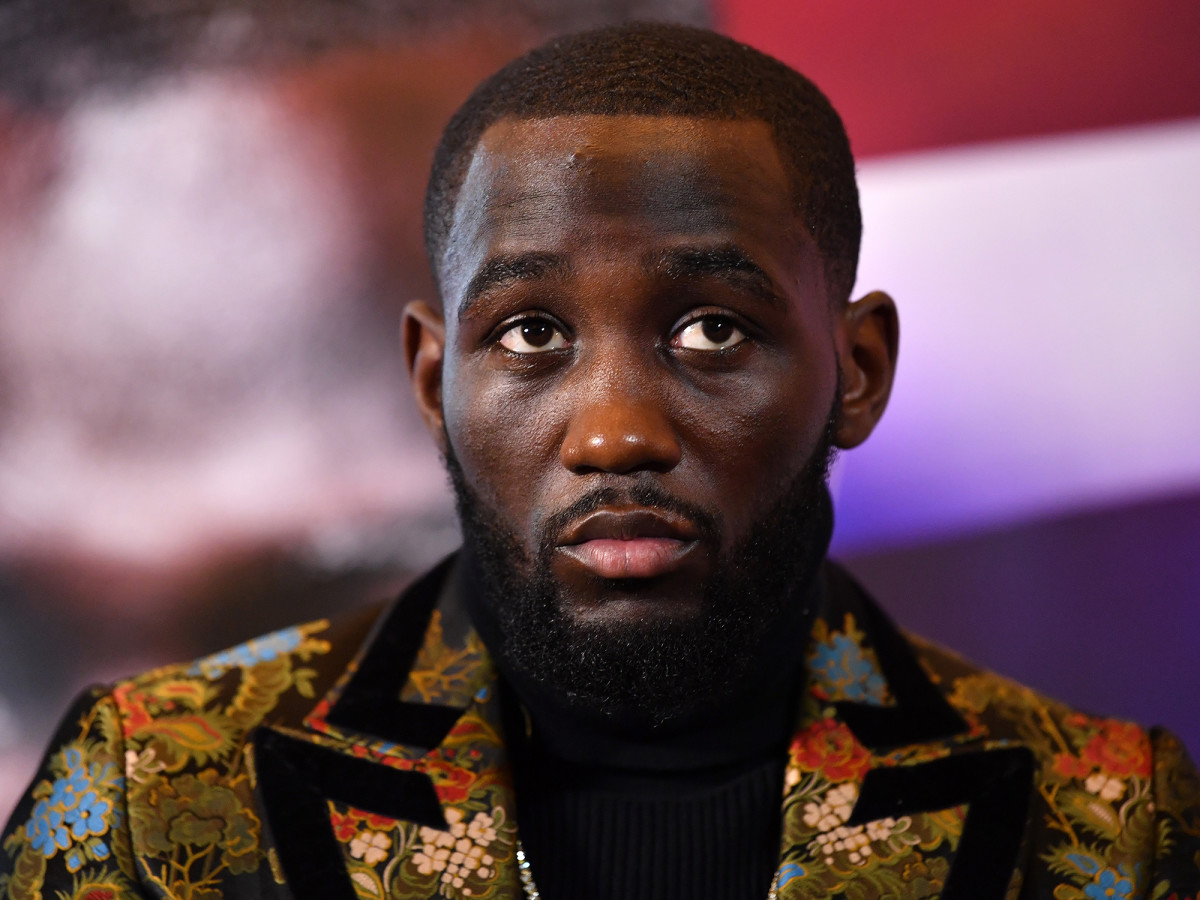
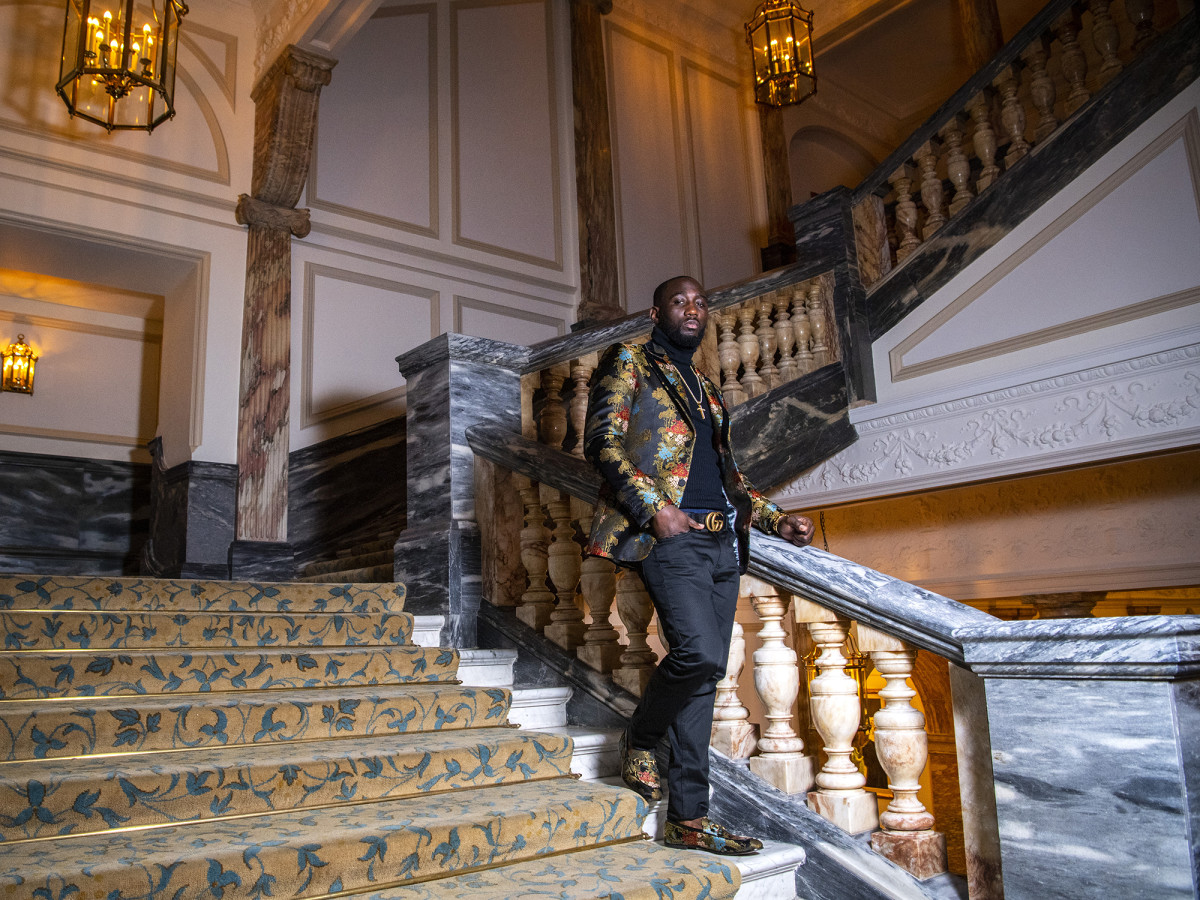
“That’s going to happen every single time I get a phone call,” he warns.
New life, meet old one. One day, he’s at home in Omaha, with his 10 cars and nine dogs, not to mention all the relatives at the blue house on what’s now Terence “Bud” Crawford Street. The next, he’s in the stands at a championship bout, sitting next to the comedian Dave Chappelle, who says he’s a huge fan. He’s hunting for discounted dog food and signing an eight-figure deal with Top Rank. He’s asked if he’s the same guy now as he was at 23, or 26. “Of course,” he says. That doesn’t seem possible. How could he be? “I matured and grew,” he says. “But I haven’t changed one bit.”
Crawford continues to seek change for both himself and his hometown. With McIntyre, he hopes to transform Omaha into an unlikely boxing hotbed. Other elite fighters, like Steven Nelson and Jamel Herring, sometimes come into town to train. McIntyre hosts shows on weekends. Crawford plans to fight at least once a year downtown for the rest of his career. He wants the biggest fights, wants Errol Spence, wants Keith Thurman, wants Manny Pacquiao—“he’s been ducking me for years”—until the world recognizes where its best boxer comes from.
He’ll never leave. He’ll also never change too much. His favorite football team is the Green Bay Packers, who hosted him for a game last fall. While he appreciated the hospitality, he also remembered the time that quarterback Aaron Rodgers snubbed him for a picture at the ESPY awards. His life had changed enough that the team granted him access to their sideline and yet Crawford also showed the quarterback just how much of Omaha remains in him. When he met Rodgers in the tunnel, he reminded the QB of the rebuke. “We’ll have to talk about that,” Crawford said, as Rodgers jogged, perhaps unsteadily, onto the field.
